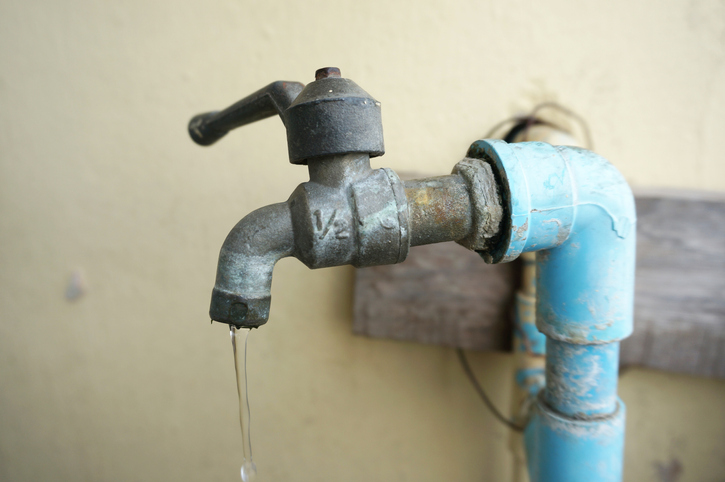As previously addressed in the Environmental Law Monitor, lead was found in Newark, New Jersey’s water supply. The city has now attempted to assuage fears by providing water filters to residents in affected areas. According to the EPA, that isn’t enough, and the city has begun offering water bottles to concerned residents after a sample demonstrated that filters are not sufficiently removing lead from drinking water.
On Friday, the EPA sent a letter to the city and state advising bottled water usage for residents …
Continue Reading









